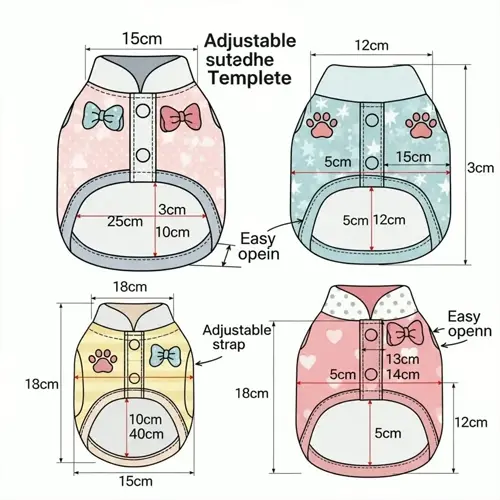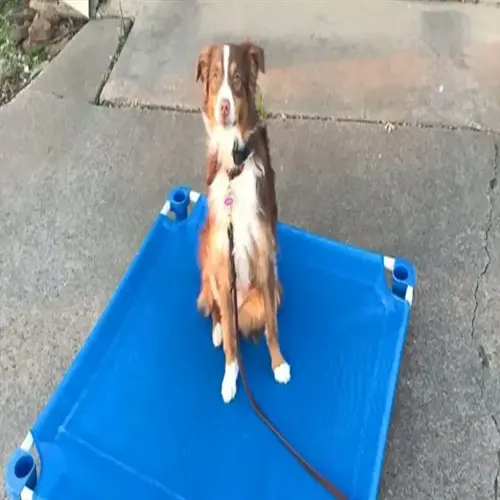How do I teach my dog to release toys?

Written by
Kailani Okoro
Reviewed by
Prof. David Walsh, Ph.D.Teaching reliable release commands requires positive exchange techniques that help to build trust. Never take toys by force, as this can lead to the development of resource guarding behavior. Instead, make higher-value "bribes" available during trades, so that relinquishing items can lead to beneficial outcomes. Start with low-value toys and high-value bribes (food) to create a positive association.
Value Exchange
- Trade toys for better rewards like chicken or cheese
- Start with low-value toys during initial training
- Make releasing more rewarding than keeping
Verbal Cue Integration
- Add 'Drop' command during successful exchanges
- Use consistent tone and volume across sessions
- Pair verbal cue with treat delivery timing
Excitement Management
- Practice without throws to reduce arousal levels
- Begin with stationary hold and release exercises
- Gradually add movement after reliable responses
The timing of verbal cues is vital for effective learning. When your dog lets go of the toy during exchanges, say 'Drop' at that instant. The more consistent the timing, the more the dog will relate the command to the action. Always respond within two seconds to ensure the right action is clear.
*Lowering excitement* comes before adding retrieves. Work for sub-holds and releases before throwing objects. My retriever needed some subdued sessions before teaching him the fetch and drop commands. Build up the time gradually from 1-second holds to 10-second holds before adding movement.
Value differential adjustments will make commands reliable with the dog's favorite toy. Initially, there should be a significant difference in value between the toy and the reward. Once most of the responses are reliable, begin to decrease the value of the reward. Eventually, with well-trained dogs, positive praise will suffice as a reward.
Avoid resource guarding triggers by never enforcing releases. If your dog resists, immediately upgrade the reward value. Practice with several identical toys so the dog does not become possessive. Look for signs such as stiffening or growling. Seek professional guidance if guarding behaviors arise.
Read the full article: 7 Step Dog Fetch Training Guide

